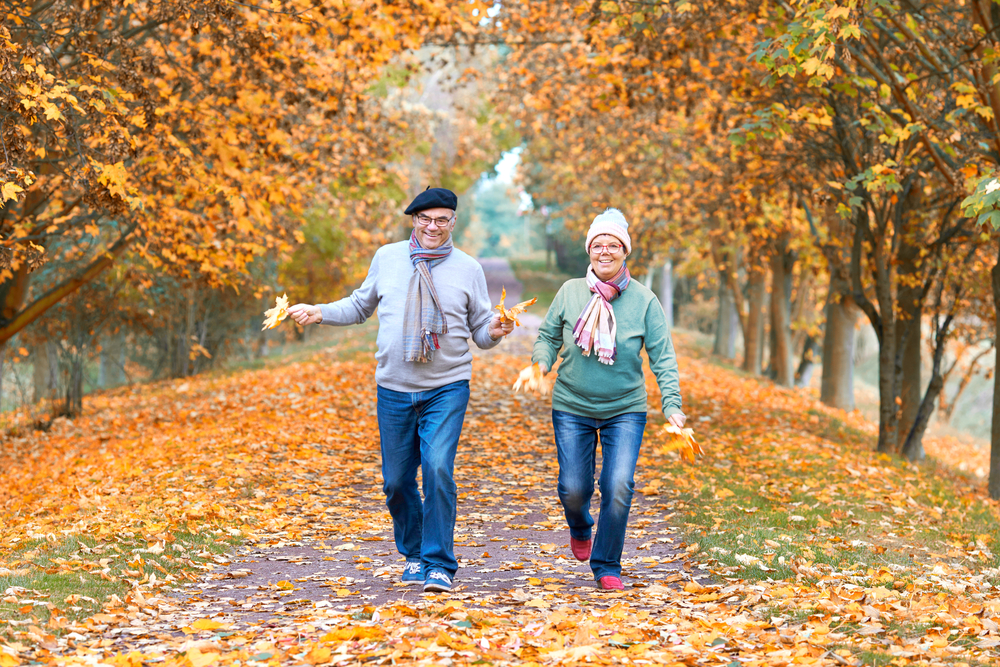
Oh, what a glorious feeling to give and receive love. Each year, Americans spend billions of dollars on chocolate, and it’s a safe bet that Valentine’s Day accounts for a decent percentage of the total. While a heart-shaped box of chocolates seems like the opposite of healthy, hundreds of studies have found chocolate – especially dark chocolate – keeps the heart and blood vessels in good shape.
Here is a “sweet” heart tip:
According to Katherin L. Carson, PhD, State Program Leader for Food Safety and Nutrition and Janis G. Hunter of Clemson University, dark chocolate provides some specific health benefits that other varieties of chocolate do not. It may help to:
• Lower blood pressure
• Improve blood flow to the heart
• Lower “bad” LDL cholesterol
• Improve insulin resistance
• Promote feelings of relaxation
The trick of choosing the healthiest dark chocolate is to check the label for 60 to 70 percent cacao. The darker chocolate has a smaller amount of sugar added, but a healthy amount of flavanols makes it a good choice for the sweet tooth craving.
When it comes to dark chocolate or cocoa, the American Heart Association suggests one to two ounces a day for the general population. Keep in mind that about 1.5 ounces of dark chocolate is about the size of ¼ cup of chocolate chips.
While supporting American Heart Health month, show some love and give dark chocolates on Valentine’s Day. Chocolate is a heart-healthy food that tastes good, so enjoy in moderation!
Source:
- Cason, K.L., & Hunter, J.G. (2015, February 26). When it Comes to Chocolate, Choose Dark. Retrieved from https://hgic.clemson.edu/factsheet/when-it-comes-to-chocolate-choose-dark/










